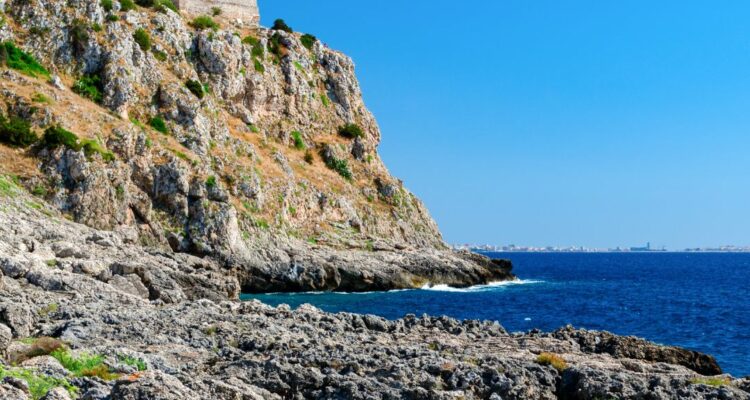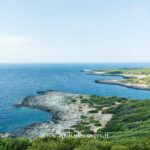Porto Selvaggio, a gem set in the heart of Puglia, is a natural and historical treasure of inestimable value. Located in the province of Lecce, the Porto Selvaggio and Palude del Capitano Regional Natural Park was officially established in 2006, though its ecological and cultural importance had been recognized since the 1980s, when the decision was made to protect and conserve this area.
The History and Nature of Porto Selvaggio
The park extends entirely within the municipality of Nardò and includes the equipped regional natural park area of “Porto Selvaggio – Torre Uluzzo” and the Palude del Capitano. The park’s current configuration is partly due to the generous contribution of Baron Angelo Antonio Fumarola, who donated about 250 hectares of land to the municipality in the 20th century, including the area where the picturesque Torre dell’Alto stands.
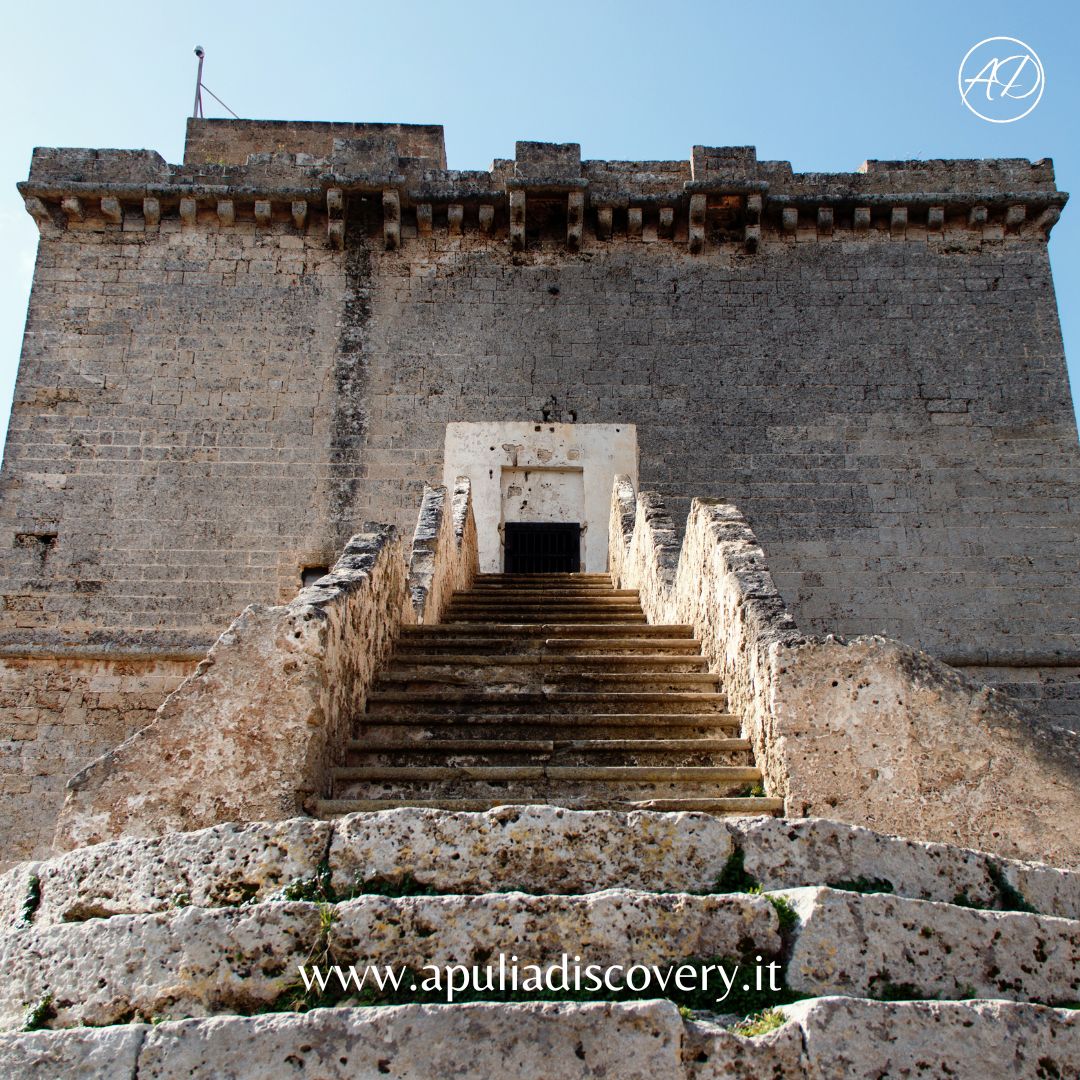 Every corner of the park tells a unique story, a witness to the passage of time and civilizations. The coast is characterized by lush pine forests and Mediterranean scrub, creating a landscape of rare beauty. Natural monuments such as Torre dell’Alto, Torre Uluzzo, and Torre Inserraglio stand as silent sentinels.
Every corner of the park tells a unique story, a witness to the passage of time and civilizations. The coast is characterized by lush pine forests and Mediterranean scrub, creating a landscape of rare beauty. Natural monuments such as Torre dell’Alto, Torre Uluzzo, and Torre Inserraglio stand as silent sentinels.
The Geology and Archaeology of Porto Selvaggio
One of the most fascinating aspects of the park is its geology, which reveals a rich and complex geological and archaeological history. The Grotta del Cavallo, a coastal limestone cave located in the Uluzzo bay, is one of the most important sites not only in the park but in the entire Mediterranean basin. Discovered in the 1960s, the cave has yielded a series of artifacts dating back over 120,000 years, offering a valuable glimpse into the ancient history of the area.
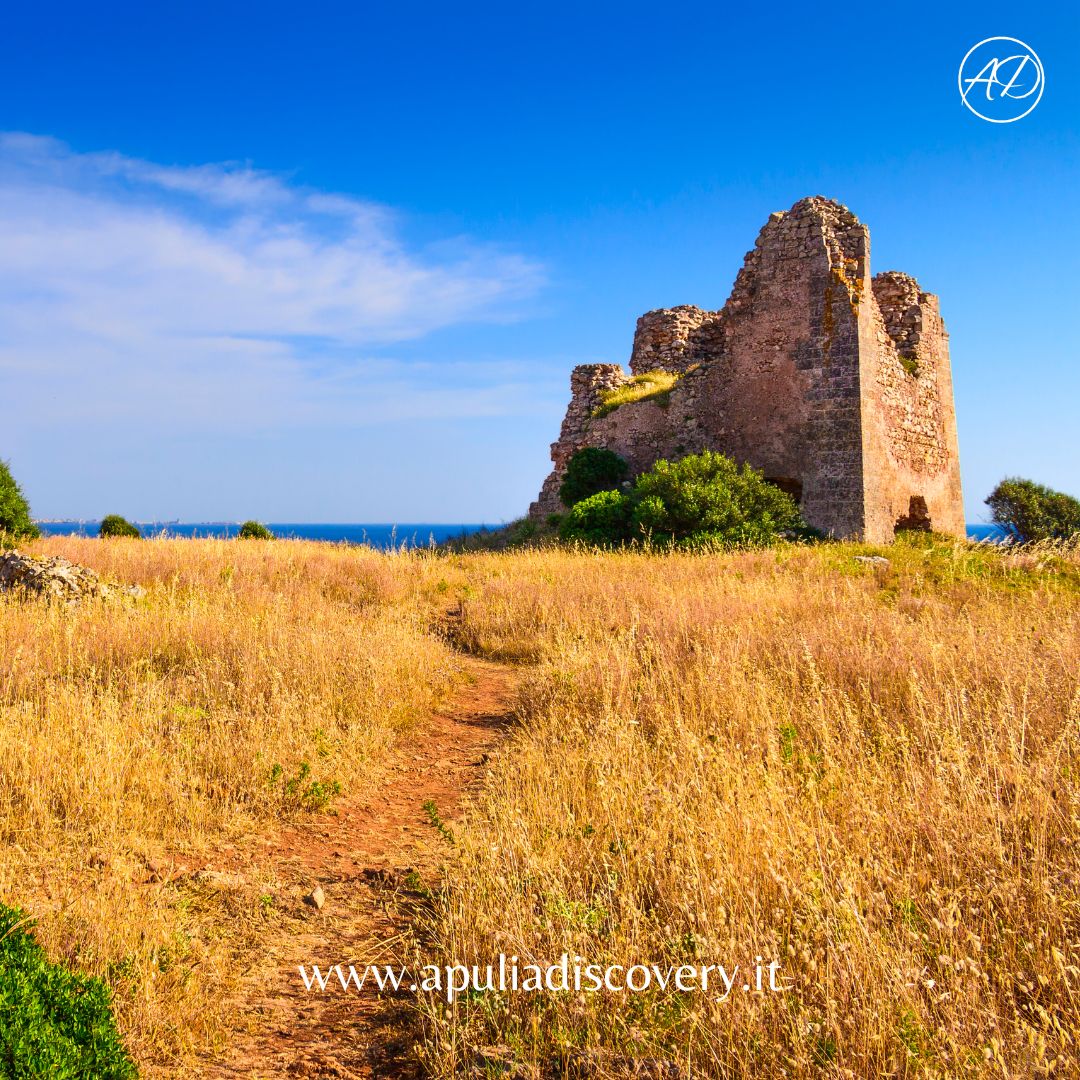 Archaeological excavations have uncovered lithic tools and fossil remains that testify to the presence of Neanderthal man and, later, Homo sapiens. Among the most significant finds are some polished stone tools and bone remains that provide insight into the daily life of prehistoric populations. Additionally, the cave’s stratigraphy has documented various climatic phases, contributing to the understanding of environmental changes that influenced local fauna and flora.
Archaeological excavations have uncovered lithic tools and fossil remains that testify to the presence of Neanderthal man and, later, Homo sapiens. Among the most significant finds are some polished stone tools and bone remains that provide insight into the daily life of prehistoric populations. Additionally, the cave’s stratigraphy has documented various climatic phases, contributing to the understanding of environmental changes that influenced local fauna and flora.
In addition to the Grotta del Cavallo, the park hosts other cavities of great geological and archaeological interest, such as the Grotta di Uluzzo and Grotta Cosma, also rich in Paleolithic artifacts. These sites are crucial for the study of human evolution and climatic changes during the Pleistocene.
Flora and Fauna of the Park
The biological diversity of Porto Selvaggio is one of its most precious jewels, representing a microcosm of Mediterranean biodiversity. The park’s vegetation is dominated by rich Mediterranean scrub and lush pine forests, creating a suggestive and varied environment. Among the most representative plant species is the Aleppo pine (Pinus halepensis), planted in the 1950s by the State Forestry Corps to combat erosion and promote reforestation. These pines, with their dense green canopies, now form a significant part of the park’s landscape, offering shade and coolness.
The Mediterranean scrub is composed of a mosaic of aromatic and drought-resistant plants, such as myrtle (Myrtus communis), mastic (Pistacia lentiscus), strawberry tree (Arbutus unedo), and rockrose (Cistus spp.). This vegetation provides refuge and nourishment for a wide range of wildlife.
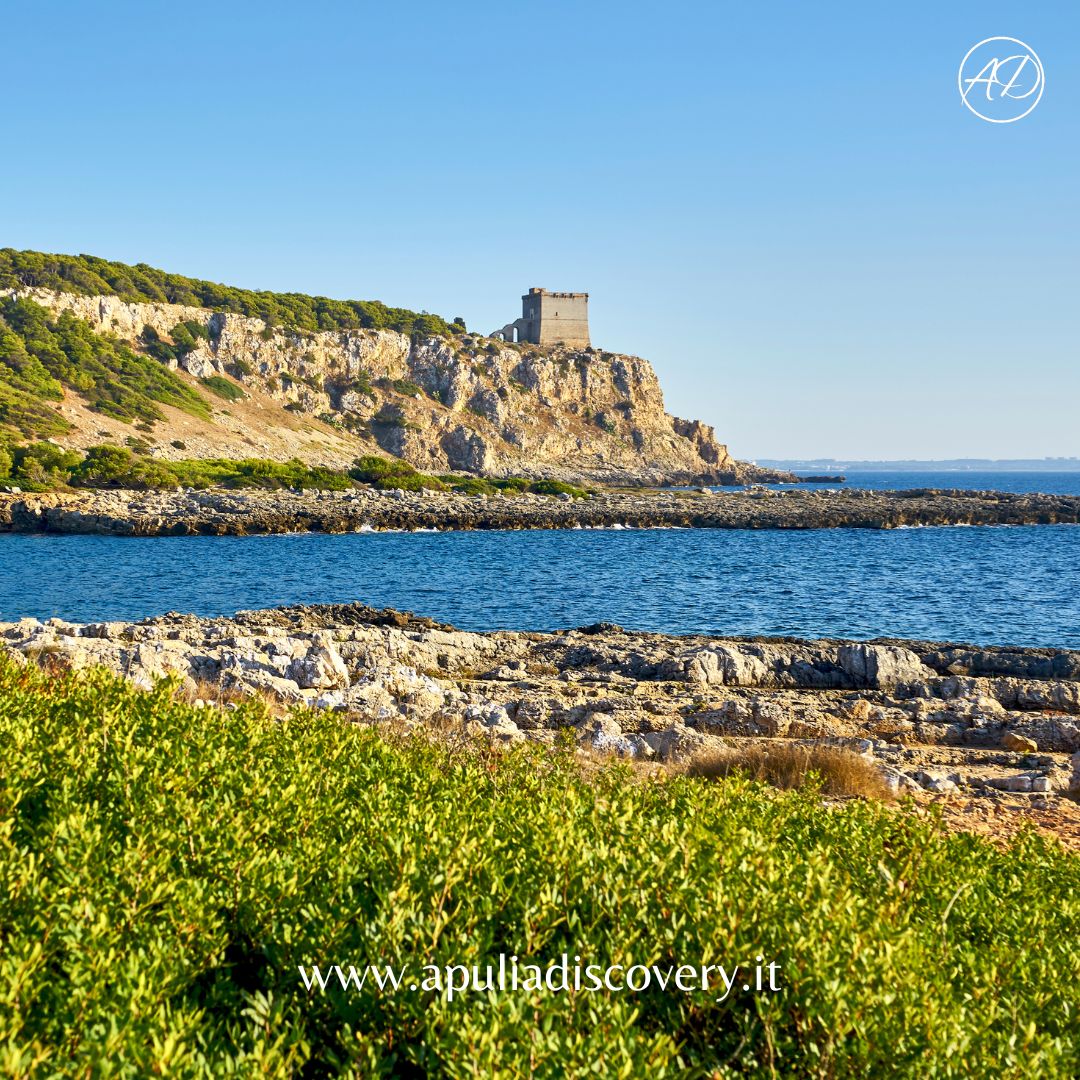 The park is a sanctuary for numerous animal species. Among the birds, the kestrel (Falco tinnunculus) is a constant presence, often seen hovering in search of prey. The blackcap (Sylvia atricapilla) and the robin (Erithacus rubecula) are other common birds, especially in the more wooded areas.Additionally, the pine forests offer ideal habitats for various bat species, which play a crucial role in insect control.
The park is a sanctuary for numerous animal species. Among the birds, the kestrel (Falco tinnunculus) is a constant presence, often seen hovering in search of prey. The blackcap (Sylvia atricapilla) and the robin (Erithacus rubecula) are other common birds, especially in the more wooded areas.Additionally, the pine forests offer ideal habitats for various bat species, which play a crucial role in insect control.
The park’s wetlands, such as the Palude del Capitano, are crucial for the conservation of rare species and serve as important stopover areas for migratory birds. These environments are characterized by freshwater springs, locally called “spunnulate,” which create unique conditions for peculiar flora and fauna. Here, one can find amphibious species like the green frog (Pelophylax esculentus) and various aquatic plants.
 The park’s crystal-clear waters host a rich and varied marine fauna. The Posidonia oceanica meadows are a vital habitat for numerous fish species, crustaceans, and mollusks. This makes the coastal area ideal for activities such as snorkeling and diving, allowing visitors to admire the underwater beauty up close.
The park’s crystal-clear waters host a rich and varied marine fauna. The Posidonia oceanica meadows are a vital habitat for numerous fish species, crustaceans, and mollusks. This makes the coastal area ideal for activities such as snorkeling and diving, allowing visitors to admire the underwater beauty up close.
Main Attractions and Activities in Porto Selvaggio
Traveling through the Porto Selvaggio Natural Park is an experience that captivates the senses, thanks to the variety of natural and historical attractions it offers. Among the main attractions are the gravel and pebble beaches, bathed by crystal-clear waters of a deep blue. Porto Selvaggio’s beaches are famous for their pristine beauty, where the sea harmoniously merges with the land. These beaches are not just places for relaxation but true natural treasures, ideal for swimming and diving.
The park is also renowned for its hiking trails, which wind through the lush Mediterranean vegetation. These trails offer breathtaking views and allow for exploration of the park’s unspoiled nature. One of the most popular paths leads to the small bay of Porto Selvaggio, reachable in about 20 minutes of walking through the pine forest, offering a spectacular view of the sea and the coast.
The park’s historical towers, such as Torre dell’Alto, Torre Uluzzo, and Torre Inserraglio, offer not only a history lesson but also exceptional observation points of the surrounding landscape. These towers, built between the 15th and 16th centuries to defend the coast from pirate incursions, are today fascinating monuments that tell the story of a turbulent past. Torre dell’Alto, located on a cliff overlooking the sea, offers a panoramic view that stretches from the park to the turquoise waters of the Mediterranean.
For speleology and archaeology enthusiasts, the park’s marine caves are a must-see attraction. Grotta del Cavallo is accessible for a brief excursion and represents a dive into the geological and archaeological history of the area. Other caves, such as Grotta Gaia and Grotta Verde, offer unique experiences between exploration and swimming.
Finally, for outdoor activity enthusiasts, Porto Selvaggio offers various opportunities. Cycling routes allow for dynamic and fun exploration of the area, while picnic areas provide an ideal place to relax immersed in nature.
How to Reach Porto Selvaggio
Porto Selvaggio is easily accessible by car, with parking available near the pine forest. Local buses or chauffeur-driven rental services from nearby cities can also be used.
Sustainable Tourism in Porto Selvaggio
The conservation of Porto Selvaggio is essential to keeping this heritage intact. Sustainable tourism is crucial for preserving the environment and supporting local economies, promoting practices that respect the ecosystem.
FAQ – Frequently Asked Questions
- What is the best time to visit Porto Selvaggio? The ideal period is from April to October.
- Are there any dining facilities inside the park? There are no fixed dining facilities; it is advisable to bring water and food.
- Is camping allowed inside the park? Camping is not allowed inside the park to preserve the ecosystem.
- What are the rules to follow for the park’s conservation? Respect the environment, do not leave waste, and follow the park authorities’ instructions.
- How can I participate in guided activities in the park? Inquire at local tourist centers or search online for operators offering authorized guide services.

